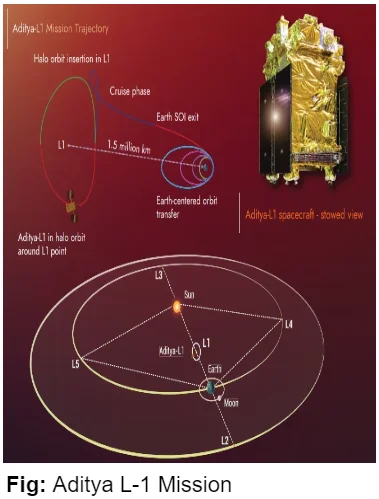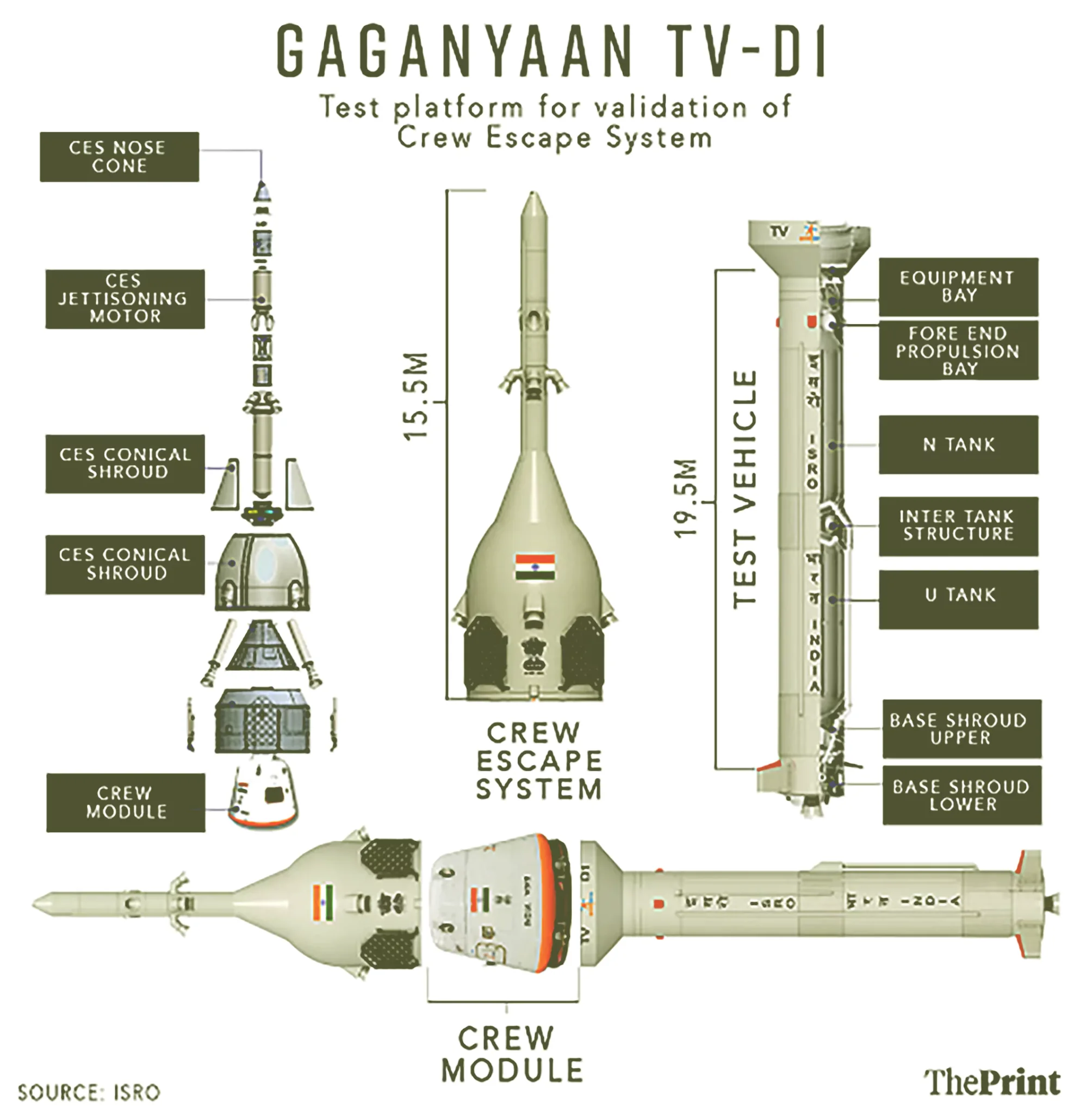![]() June 17, 2024
June 17, 2024
![]() 1967
1967
![]() 0
0
Space exploration has advanced significantly with missions ranging from studying the Sun’s corona to exploring the Moon and Mars. Countries like India, the US, and Russia have achieved remarkable milestones in understanding celestial bodies and their environments. Recent developments promise new missions to further expand our knowledge of space.

| India’ s Missions to Moon
Chandrayaan 1
Chandrayaan 2
Chandrayaan-3
|

| Must Read | |
| Current Affairs | Editorial Analysis |
| Upsc Notes | Upsc Blogs |
| NCERT Notes | Free Main Answer Writing |
As space technology evolves, missions like Gaganyaan and Chandrayaan-3 demonstrate India’s commitment to exploring beyond Earth.
<div class="new-fform">
</div>
Latest Comments